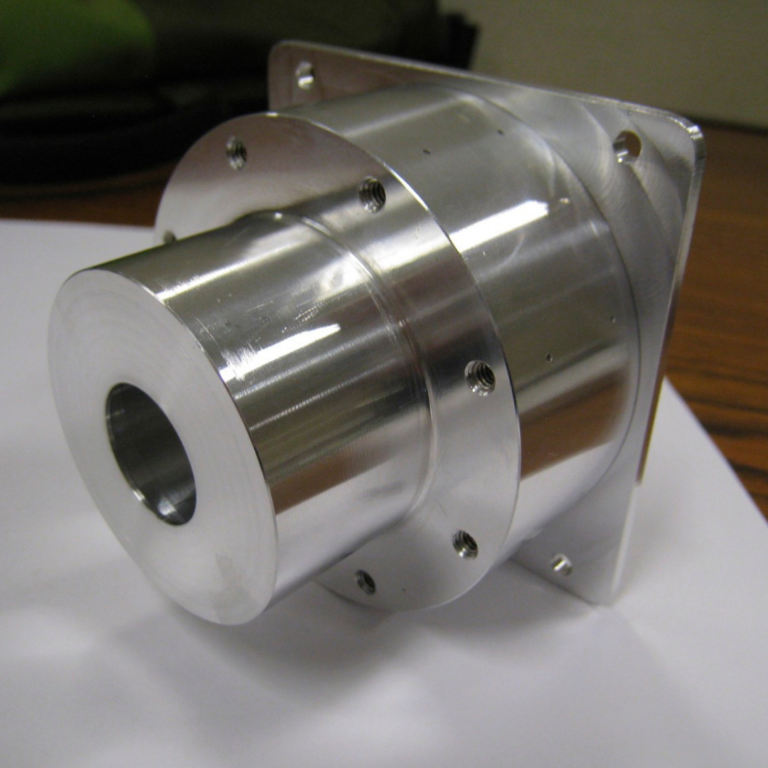REPTile
Relativistic Electron and Proton Telescope integrated little experiment
The Relativistic Electron and Proton Telescope integrated little experiment (REPTile) was a small, low-mass, and low-power particle detector capable of measuring relativistic outer radiation belt electrons in the energy range of 0.5 to > 3 MeV and solar energetic protons from 10-40 MeV. It was developed for the Colorado Student Space Weather Experiment (CSSWE) Cubesat mission, and was a scaled down version of the REPT instrument, which was built at LASP for the NASA Van Allen Probes mission.
It measured the outer belt electrons, both trapped and precipitating to study how the low rate and energy spectrum of the Earth’s outer radiation belt electrons evolves. REPTile also monitored the Solar Energetic Particle (SEP) protons associated with solar flares to study how flare location, magnitude, and frequency relate to the timing, duration, and energy spectrum of SEP protons that reach Earth.
REPTile-2 (Relativistic Electron Proton Telescope integrated little experiment – 2) will fly on the CIRBE mission, and will measure the energies of incident electrons and protons and the data will be downlinked to the ground via s-band radio.
Science Target:
Science Focus:
Instrument Type:
Instrument Site:

